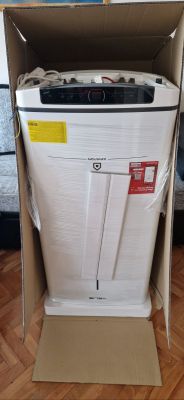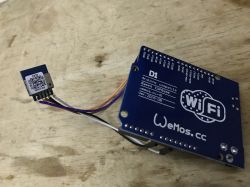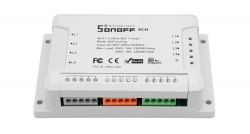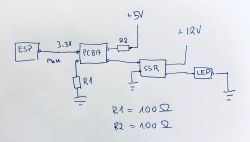Welcome,
I would like to do a lighting control in my house, and to make it look nice I would like to use DIN rail mounted F&F relays. The problem is that they have a 24VDC coil. Controlling from the ESP8266 is a bit of a problem in this case. Can anyone recommend anything on this subject? Some sort of logic level converter? The simplest thing would probably be to give a transistor and use it to drive a relay, but that's a bit of a pain - I'd like to make it as simple as possible. It would probably be best to use a PLC of some sort.
A grenton system is nice but the price ranges are cosmic .
.
I would like to do a lighting control in my house, and to make it look nice I would like to use DIN rail mounted F&F relays. The problem is that they have a 24VDC coil. Controlling from the ESP8266 is a bit of a problem in this case. Can anyone recommend anything on this subject? Some sort of logic level converter? The simplest thing would probably be to give a transistor and use it to drive a relay, but that's a bit of a pain - I'd like to make it as simple as possible. It would probably be best to use a PLC of some sort.
A grenton system is nice but the price ranges are cosmic











